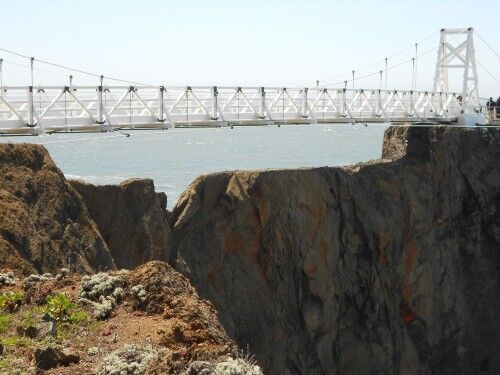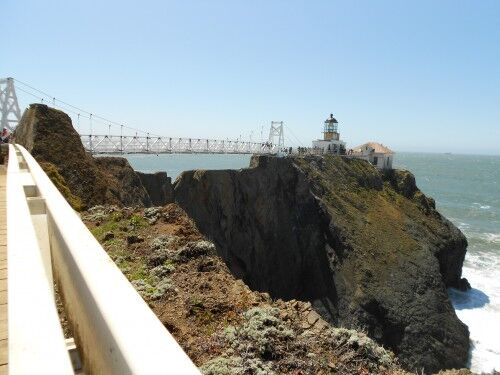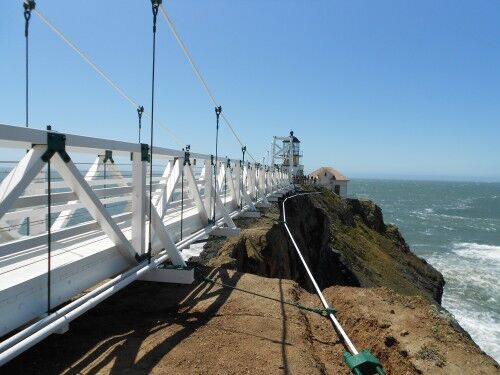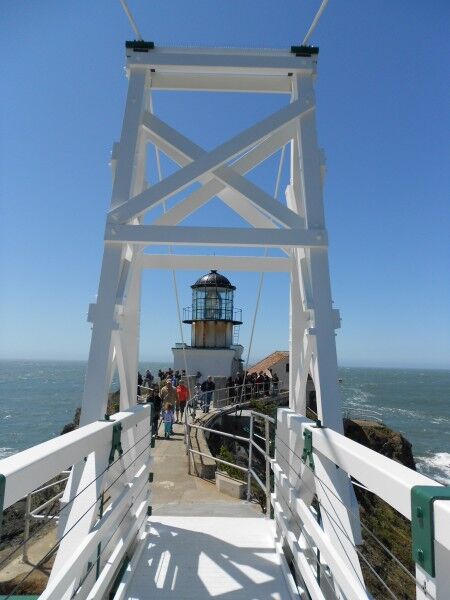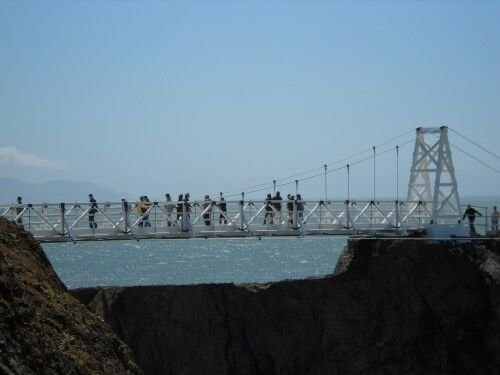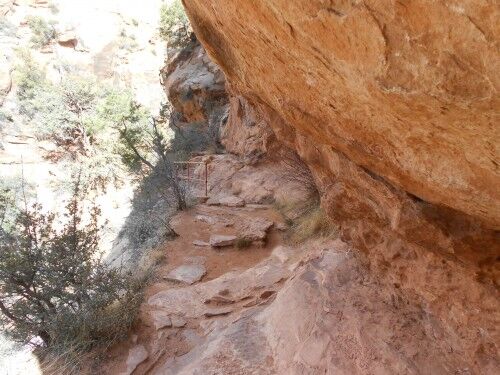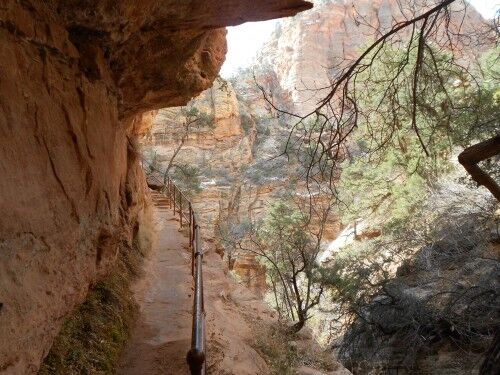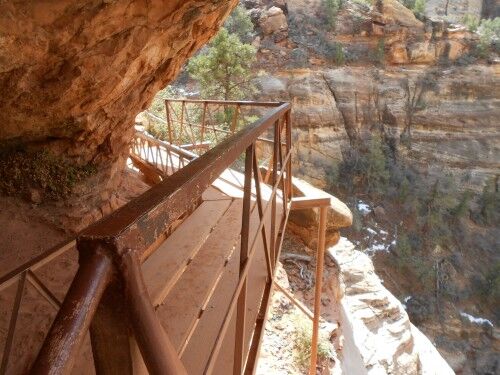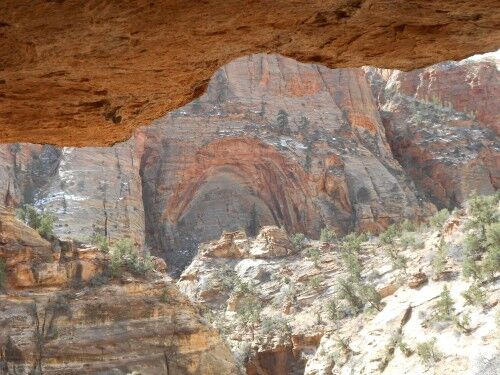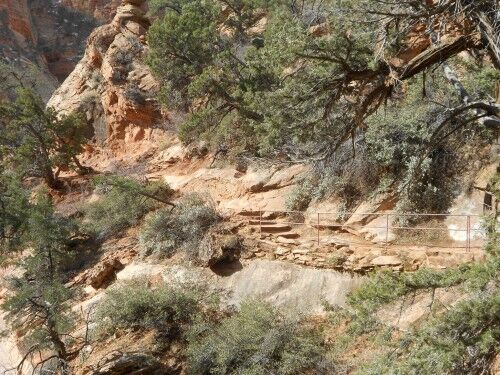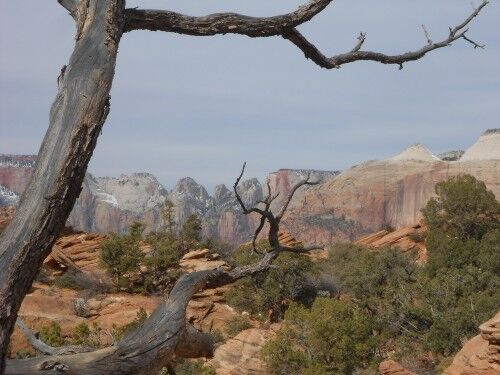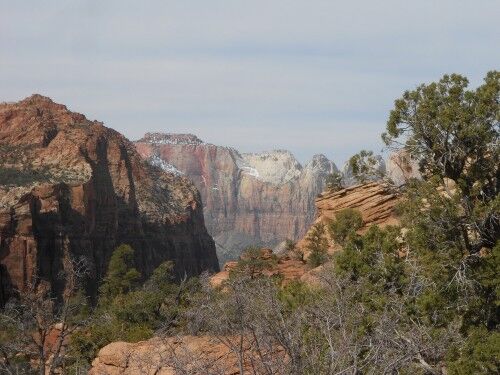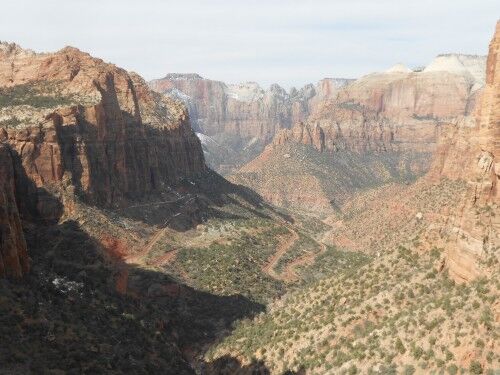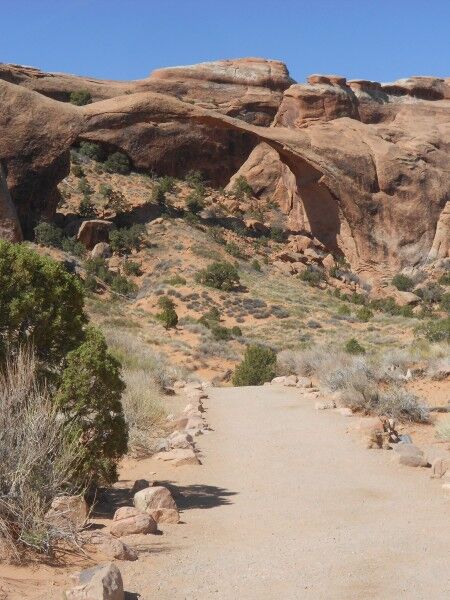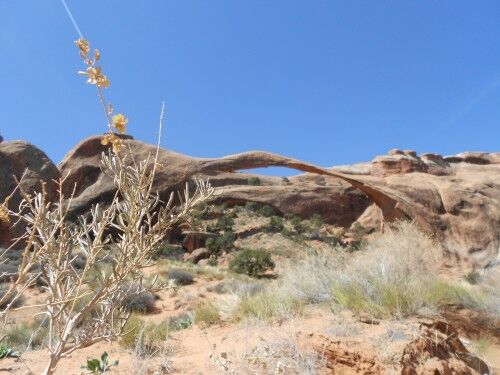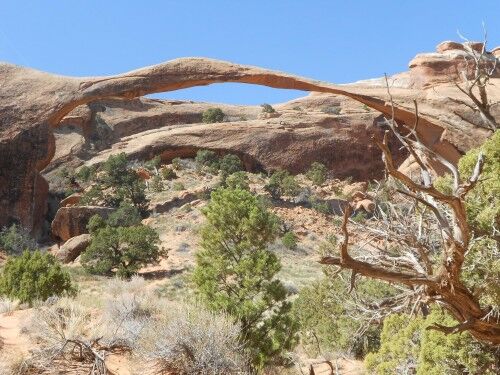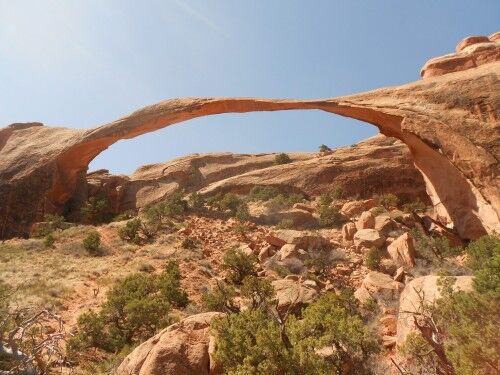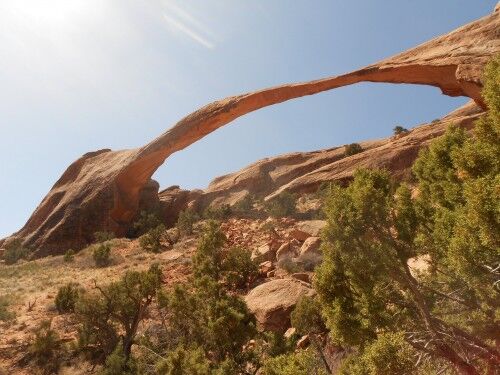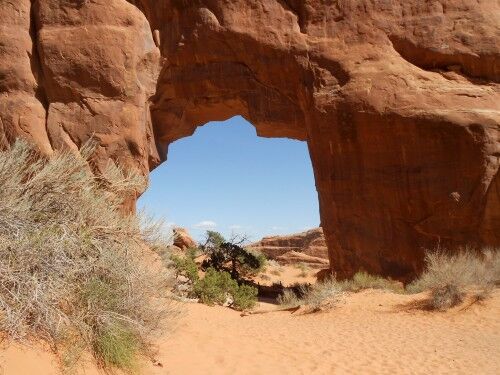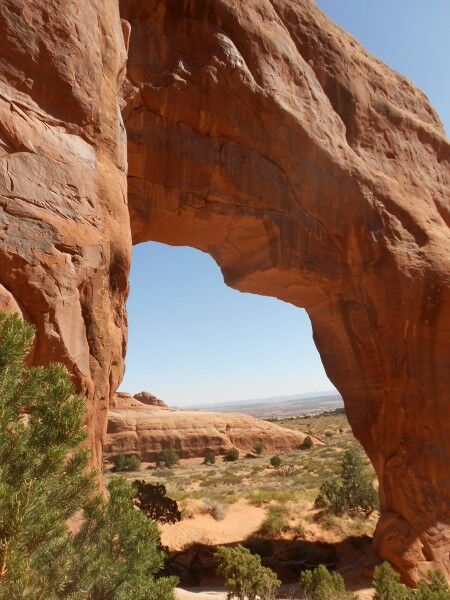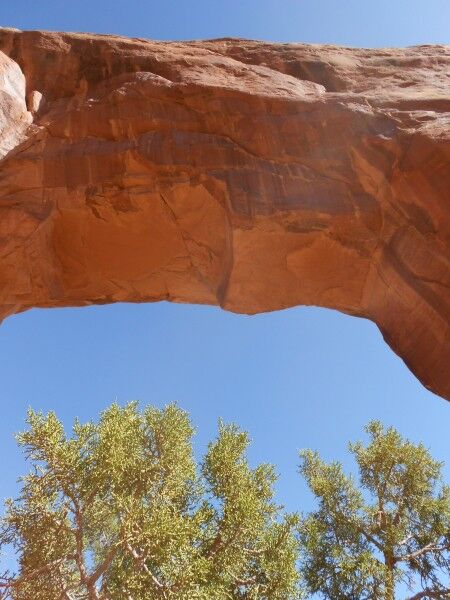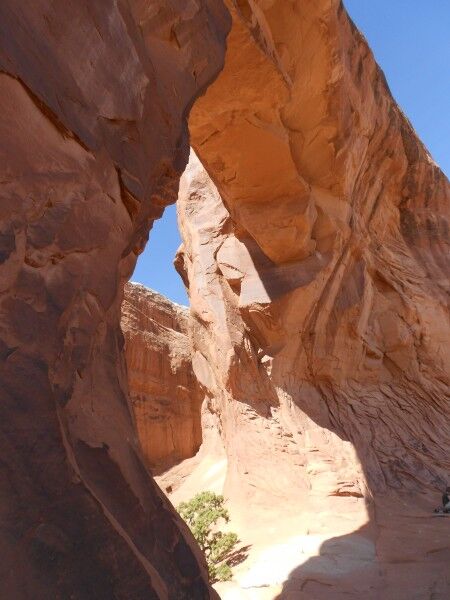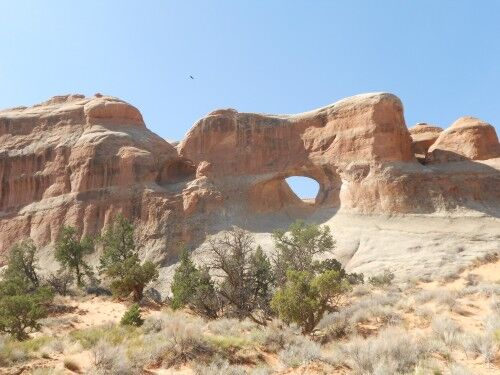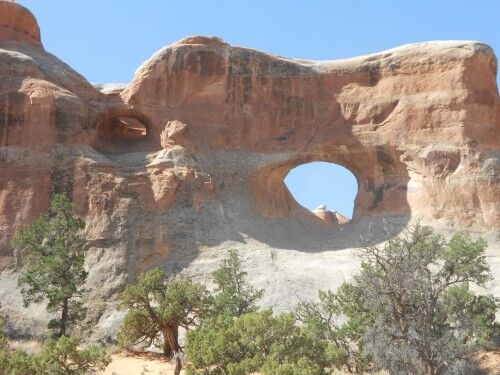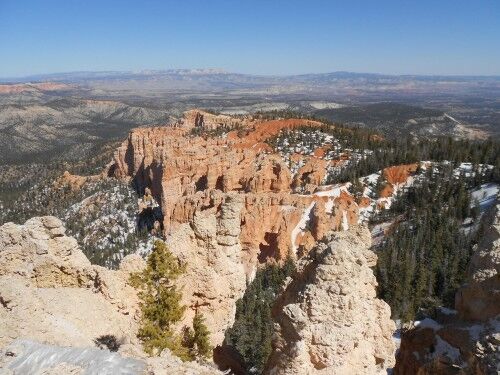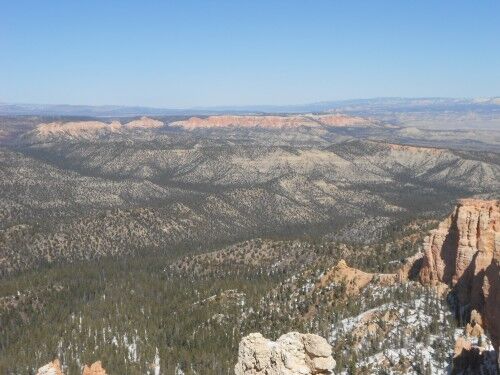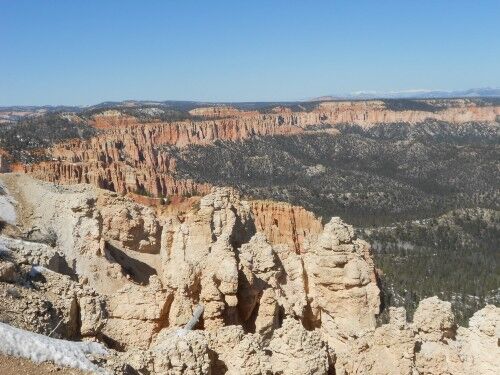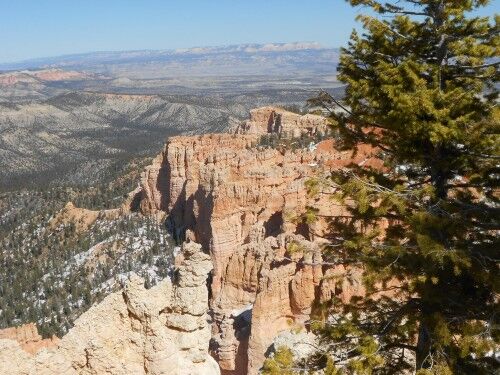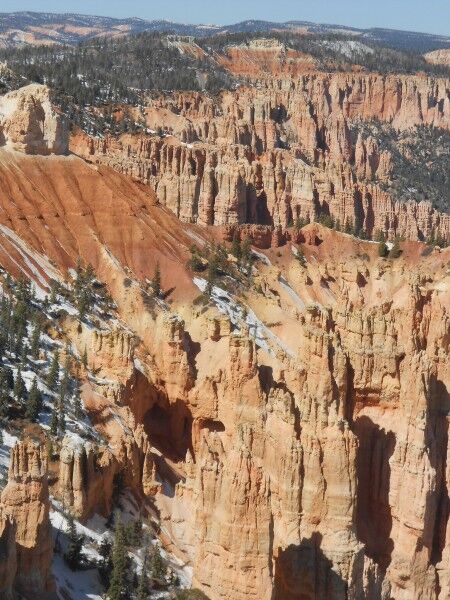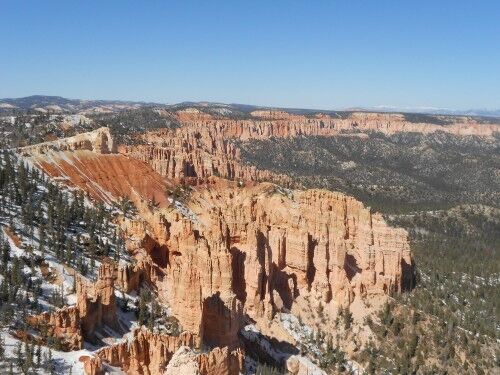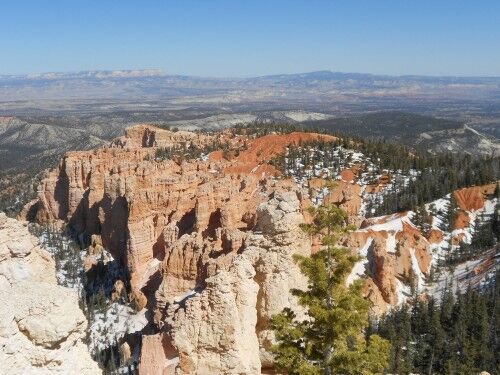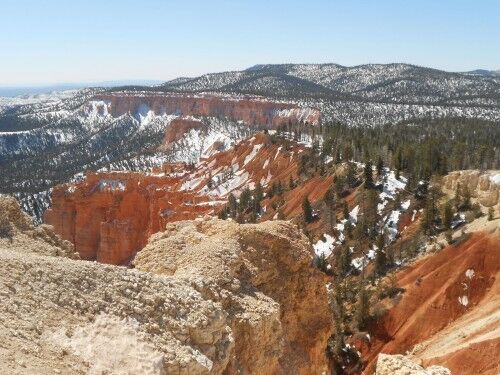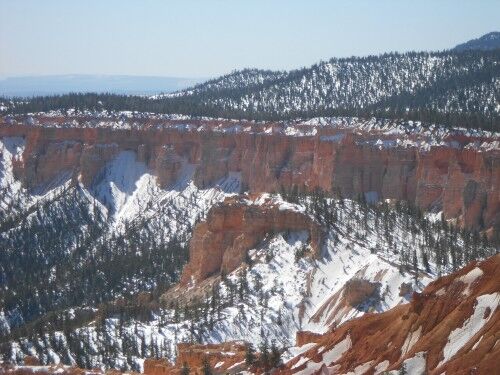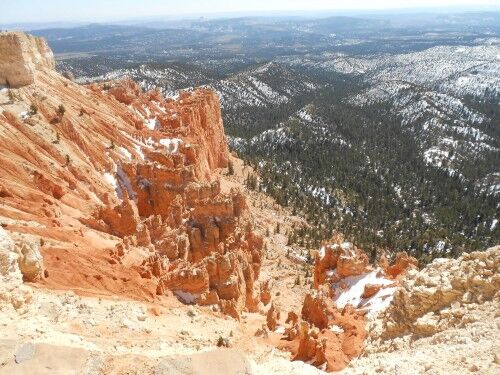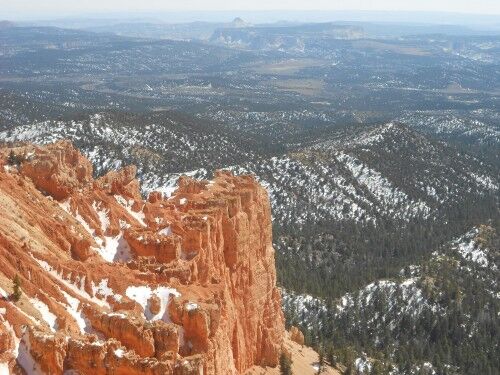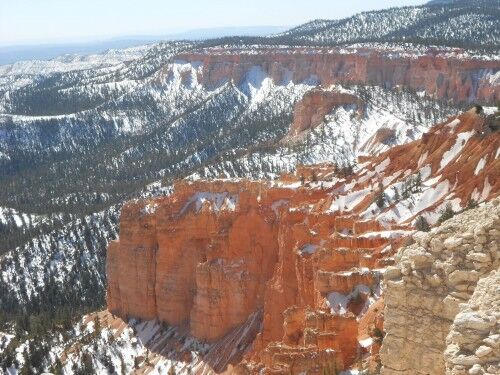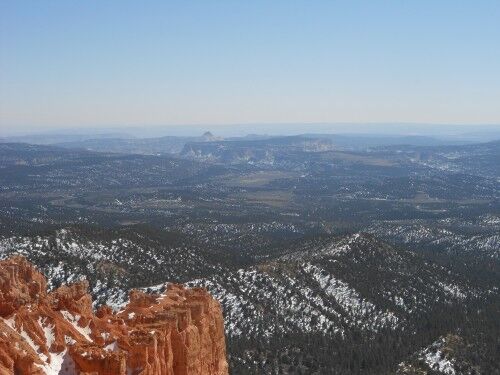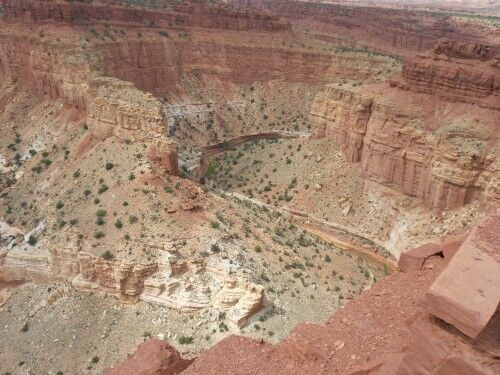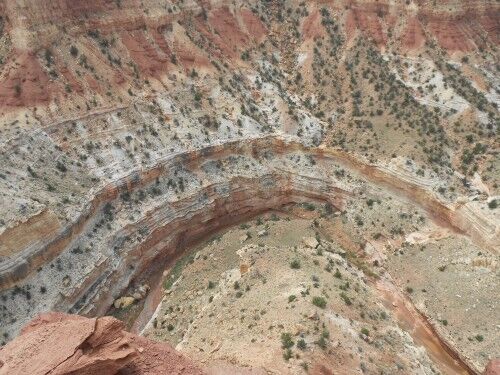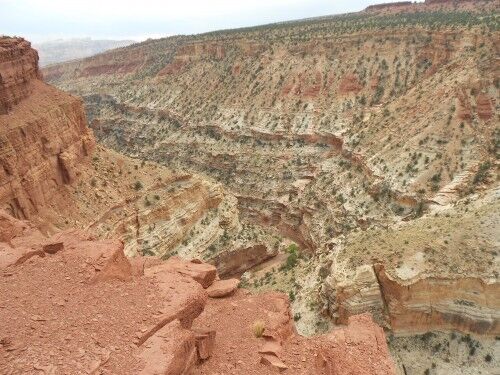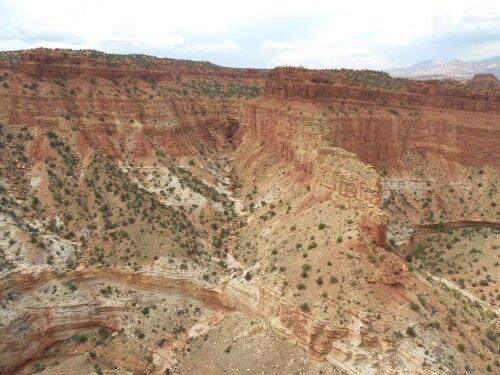After a two year wait, people can once again visit the Point Bonita lighthouse located in Golden Gate National Recreation Area via a newly built $1 million dollar, 132-foot-long bridge which spans rocky cliffs to the lighthouse. The old bridge became unsafe and the lighthouse was closed to the public until this new span could be built.
The sparkling white, narrow bridge is a much safer replica of the previous bridge and was built to withstand the high winds that frequent the area. The former bridge had a two-person limit before it became unsafe and was closed while the new bridge tops out at 50 people.
While the new bridge is built to last 50 years, it won’t be for everyone. For those that like their bridges solid and sturdy, this probably isn’t the bridge for you. When I visited the winds were in the mid to high teens and there was a sway and bounce as I crossed. With rocky cliffs below, it might also be a challenge for those with a great fear of heights. The national park volunteer who was monitoring the flow of people across the span said the bridge would remain open to visitors crossing as long as the wind remained under 27 miles per hour.
While the Coast Guard is in charge of operating and maintaining Point Bonita lighthouse, the National Park Service manages the lighthouse for visitors. The lighthouse is currently open to the public three days a week (Saturday, Sunday and Monday) from 12:30 PM to 3:30 PM (there is a tunnel that you must walk through before you reach the bridge and lighthouse — this door is closed promptly at 3:30 so you will miss seeing both completely if you are even a minute late)
Many of those who visit focus on the Golden Gate bridge and miss this incredible gem that is only a few miles away. It is one to definitely add to your list if you happen to be in the area visiting:
